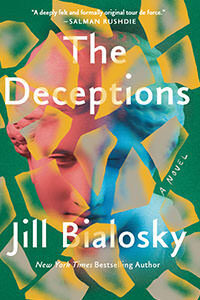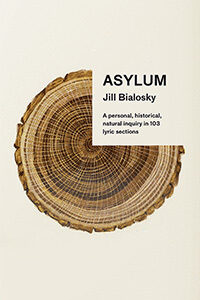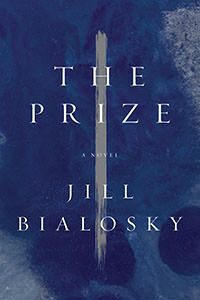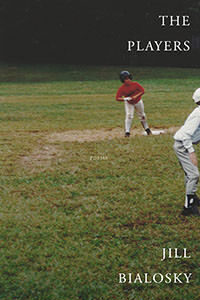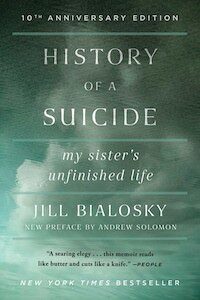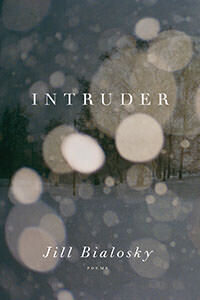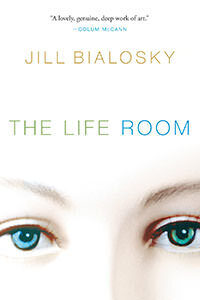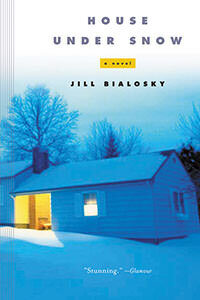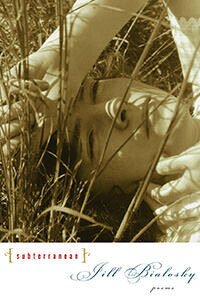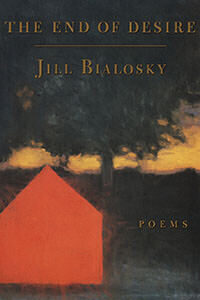Poetry
Essays
The New York Times, Nov. 27, 2022
Ms. Bialosky is the author of “History of a Suicide: My Sister’s Unfinished Life.”
My 21-year-old sister ended her life on April 16, 1990. There isn’t a week that goes by that I don’t think of her. In my mind, she is as vibrant as the last day I saw her, and she is often in my dreams. She will always be 21, and I will always regret that she did not find a way to get help. I’m sure if she did, she would be alive today.
Catapult, September, 2022
Writing requires solitude so that the ghosts will come unencumbered.
Literary Hub, September 6, 2022
Jill Bialosky Recommends E.M. Forster, E.L. Konigsburg, Lisa Hsiao Chen, and More
In my own forthcoming novel, The Deceptions, the Greek and Roman statues, and their representations, give my character agency and move the narrative forward. Here are five novels, all from different milieux, that use art— whether in a museum, a church, a city, a drawing room, or a catalog—to inspire a result in a meaningful and unexpected way.
Oprah Mag, September, 2020
I was dependent upon my mother’s voice, her smile, her happiness to see me.
The New York Times, April 15, 2020
In Jewish tradition the body must be buried within 24 hours. I fight with myself about whether to travel to Cleveland.
Literary Hub, August 2015
“I find a great deal of freedom in letting go of the imaginative work and diving into the editorial work. The two enterprises are completely different. As a writer, I am serving my imagination. As an editor, I am serving the author’s imagination. Editing per se is not a creative act on the page. It is a response to creativity.”
Kenyon Review, Spring 2013
“If the persistence of memory keeps the memoirist and poet in its stronghold to create an authentic work of art, great personal risk must also be at stake to give the work its sense of urgency. Personal risk involves employing dangerous subject matter—what you dare say! The best poems and memoir are born out of risk.”
